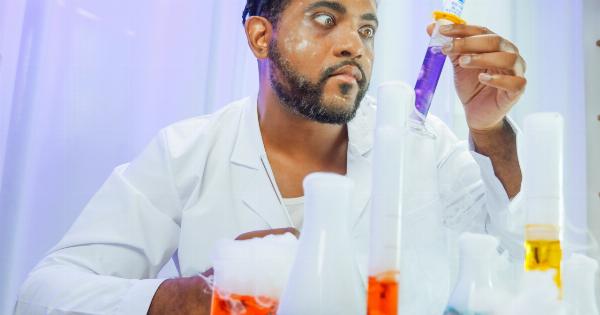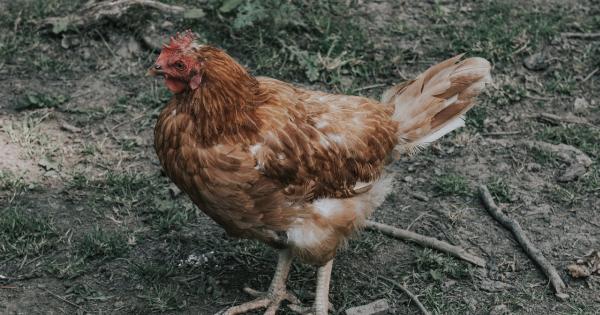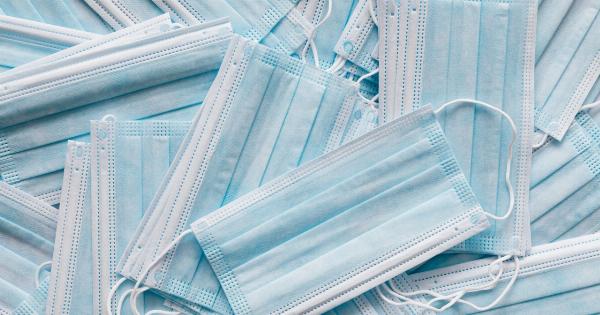When it comes to household hazards, your mind might immediately jump to sharp objects, toxic chemicals, or slippery floors. However, there is a hidden danger lurking right in your sink that often goes unnoticed – contaminated water.
It is easy to take the water that flows from our taps for granted, but the reality is that there are potential dangers lurking that we need to be aware of.
1. Bacterial Contamination:
Your sink can become a breeding ground for various harmful bacteria, such as E. coli, salmonella, and norovirus. These microorganisms can enter your sink through raw meat and unwashed vegetables, and they can multiply rapidly if not properly cleaned.
When you wash your hands or utensils in a contaminated sink, you risk transferring these bacteria elsewhere.
2. Legionella:
Legionella is a type of bacteria that can thrive in warm water environments, such as in your sink’s drain or in the pipes leading to your faucet.
Inhalation of Legionella-contaminated water droplets can lead to a serious respiratory illness known as Legionnaires’ disease. Regular cleaning and maintenance of your sink can help reduce the risk of Legionella growth.
3. Heavy Metals:
The pipes and fittings that deliver water to your sink may contain traces of heavy metals such as lead, copper, or zinc. Over time, these metals can leach into your water, especially if your plumbing system is old or in poor condition.
Ingesting high levels of heavy metals can have detrimental effects on your health, particularly in children and pregnant women.
4. Pesticide Residues:
If you wash fruits and vegetables in your sink without properly rinsing them, you may unknowingly be exposing yourself to pesticide residues.
These residues can accumulate on the surfaces of your sink and transfer onto other items that come into contact with it, such as dishes or cutlery. Long-term exposure to pesticides has been linked to various health issues, including cancer and reproductive problems.
5. Chemical Cleaners:
While it’s important to keep your sink clean, many commercial cleaning products contain harsh chemicals that can be harmful to both your health and the environment.
The use of chlorine-based cleaners, for example, can lead to the formation of chloramines, which are toxic when ingested or inhaled. Opting for natural, eco-friendly cleaning alternatives can help mitigate these risks.
6. Mold and Mildew:
The dark, damp environment of a sink provides the perfect breeding ground for mold and mildew. These fungi can release spores into the air, triggering allergic reactions and respiratory problems in sensitive individuals.
Regularly cleaning and drying your sink and its surrounding areas can help prevent the growth of mold and mildew.
7. Pharmaceutical Contaminants:
Trace amounts of prescription and over-the-counter medications can end up in our water supply through improper disposal or excretion by individuals.
These pharmaceutical contaminants are not effectively filtered by standard water treatment systems and can eventually make their way into your sink. Long-term exposure to such contaminants can have unknown effects on human health.
8. The Danger of Hot Water:
While it may seem harmless, the hot water that comes out of your faucet can pose a serious danger. Water heaters can sometimes be set at temperatures that are too high, increasing the risk of scalding.
Children and the elderly are particularly vulnerable to scald injuries, so it is important to regularly check your water heater’s settings.
9. Cross-Contamination:
You may not realize it, but your sink can become a source of cross-contamination in your kitchen. When you wash dishes or utensils with contaminated water, you risk spreading bacteria or other contaminants to other surfaces and food items.
Separating tasks by designating specific sinks or washing items in designated areas can help minimize cross-contamination.
10. Chlorine and Chloramine:
While chlorine and chloramine are commonly used in water treatment plants to disinfect water, these chemicals can have negative health effects when present in high concentrations.
Prolonged exposure to chlorine or chloramine can irritate the skin, eyes, and respiratory system. Using a water filter or letting tap water sit uncovered for a period of time can help reduce chlorine or chloramine levels.






























